The Tokyo 2020 Olympics Bubble (1): Sustainability in Design
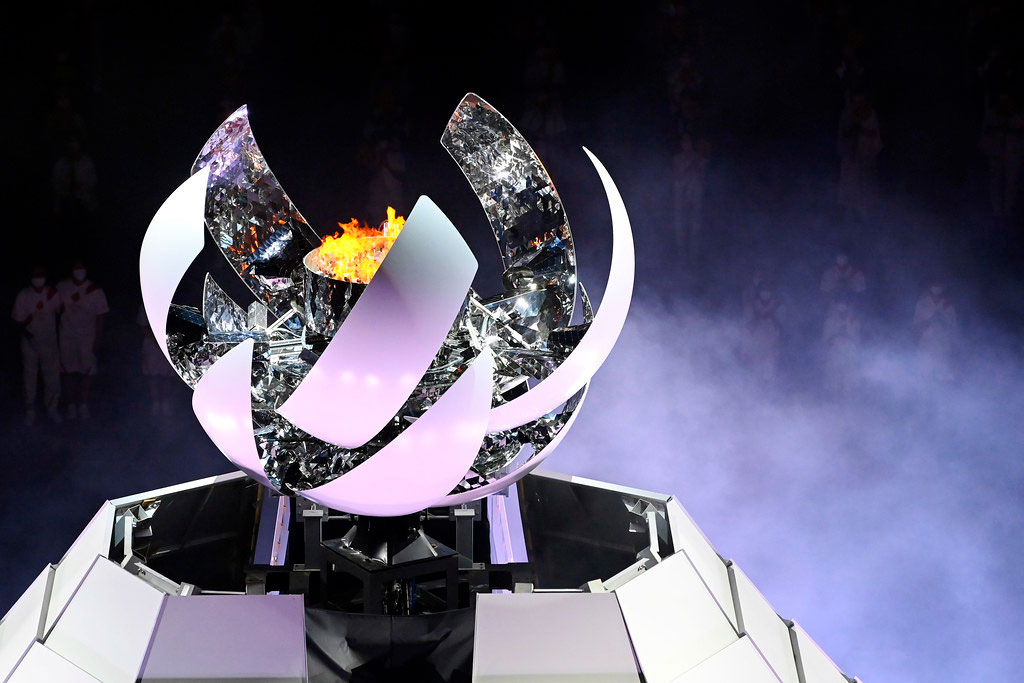
Photo: France Olympique
The Tokyo 2020 Olympics is happening, and it claims to be the most sustainable Olympics so far. This massive sporting event is happening despite polling in May that revealed that 83% of the Japanese population were against the Olympics happening this summer. The Tokyo 2020 Olympics seems to be happening inside a very green, very safe bubble.
Japan has set the sustainability concept of the Tokyo 2020 Olympics as “Be better, together—For the planet and the people”. They will take the initiative to meet its responsibility to deliver sustainable games and showcase solution models of global sustainability challenges to people in Japan and around the world.
With five main sustainability themes and the addition of the Tokyo 2020 Sustainable Sourcing Code to ensure sustainability throughout the supply chains, Tokyo 2020 shows a start to a more sustainable Olympics.
View this post on Instagram
On the zero-waste front, key elements of the Games are made from recycled materials. The single beds within the Olympics Village are made from cardboard. Everything is to be recycled afterward, including the mattresses.
The uniforms for the torchbearers were designed by Daisuke Obana and made from recycled plastic bottles of Coca-Cola. The medals are made using recovered precious metals from e-waste. The podiums athletes will stand on are made from recycled plastic waste and will be repurposed afterward, produced by Procter & Gamble, the No. 7 plastic polluter of 2020, according to Green Matters.

The Olympic torches, designed by Tokujin Yoshioka, were made from recycled construction waste from temporary housing used in the aftermath of the 2011 Fukushima earthquake and tsunami. The relay torches and cauldrons holding the Olympic and Paralympic flames are fueled by clean hydrogen from the Fukushima solar plant, which is also used to run the Olympic Village.
Instead of building all brand-new venues to facilitate the Games, the Tokyo 2020 Olympics uses only eight newly built venues from scratch using sustainably sourced timber, ten temporary structures, and 25 already-existing venues. These structures will later be repurposed into Japan’s first hydrogen-powered town with schools, apartments, shops, and other facilities.
The Games is using as much renewable energy as possible. Transport within the Olympic Village is taken care of using a fleet of mostly electric or hybrid emission-free vehicles by Toyota. The Olympic Committee has plans for an “Olympic Forest”, consisting of 355,000 native trees in Mali and Senegal to protect the area from desertification.
Masako Konishi, a member of the Tokyo 2020 Olympics sustainability committee and the climate and energy project leader at World Wildlife Fund Japan, has told NPR that the Olympic organizers have collected 150% of the carbon credits needed to offset the Games’ greenhouse gas emissions, making the Olympics carbon negative.
Editor: Marlis Afridah
Read the follow-up article on the Tokyo 2020 Olympics Bubble (2): Sustainability Criticisms and COVID-19.

Subscribe to Green Network Asia
Strengthen your personal and professional development with cross-sectoral insights on sustainability-related issues and sustainable development across the Asia Pacific and beyond.

Nazalea Kusuma
Naz is the Manager for International Digital Publications at Green Network Asia. She once studied Urban and Regional Planning and has lived in multiple cities across Southeast Asia. This personal experience has exposed her to diverse peoples & cultures and enriched her perspectives. Naz is an experienced and passionate writer, editor, translator, and creative designer with a decade worth of portfolio.


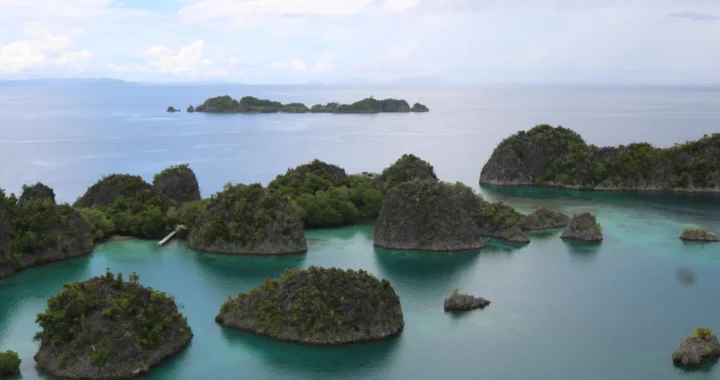 Nickel Mining in Raja Ampat and the Widespread Cost of Natural Resource Exploitation
Nickel Mining in Raja Ampat and the Widespread Cost of Natural Resource Exploitation 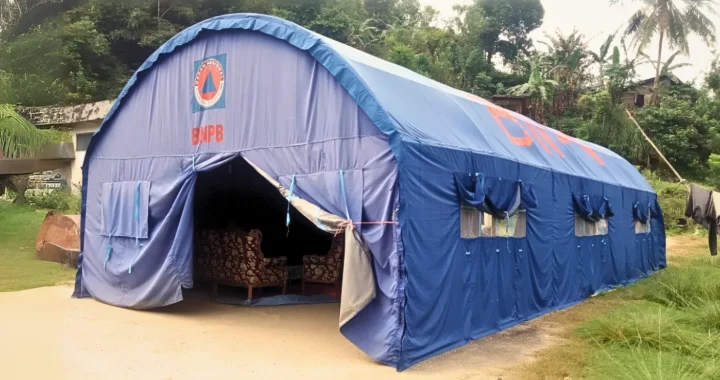 Lumbung Sosial: Challenges and Opportunities of Indonesia’s Social Barn Program
Lumbung Sosial: Challenges and Opportunities of Indonesia’s Social Barn Program  A Worrying State of Insect Decline
A Worrying State of Insect Decline 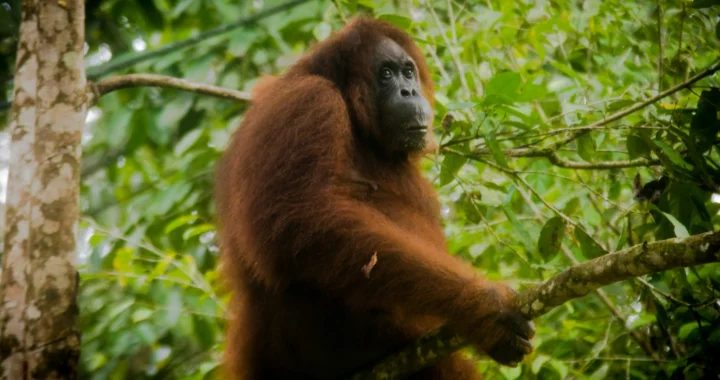 GEF Approves Funding for Biodiversity Conservation Projects in Indonesia
GEF Approves Funding for Biodiversity Conservation Projects in Indonesia  Mikoko Pamoja, A Blue Carbon Project for Climate Resilience
Mikoko Pamoja, A Blue Carbon Project for Climate Resilience 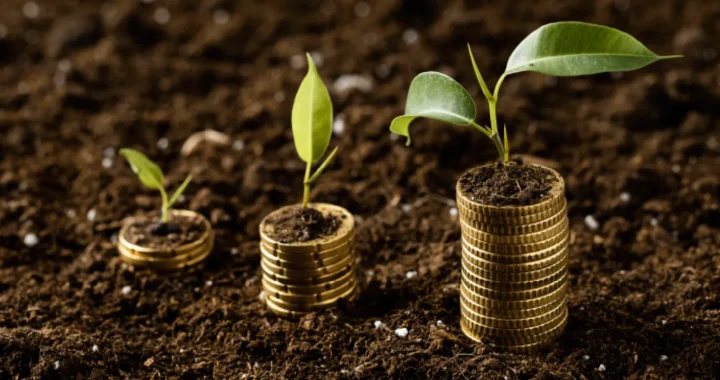 Australia Released a Sustainable Finance Taxonomy to Support Net-zero Transition
Australia Released a Sustainable Finance Taxonomy to Support Net-zero Transition